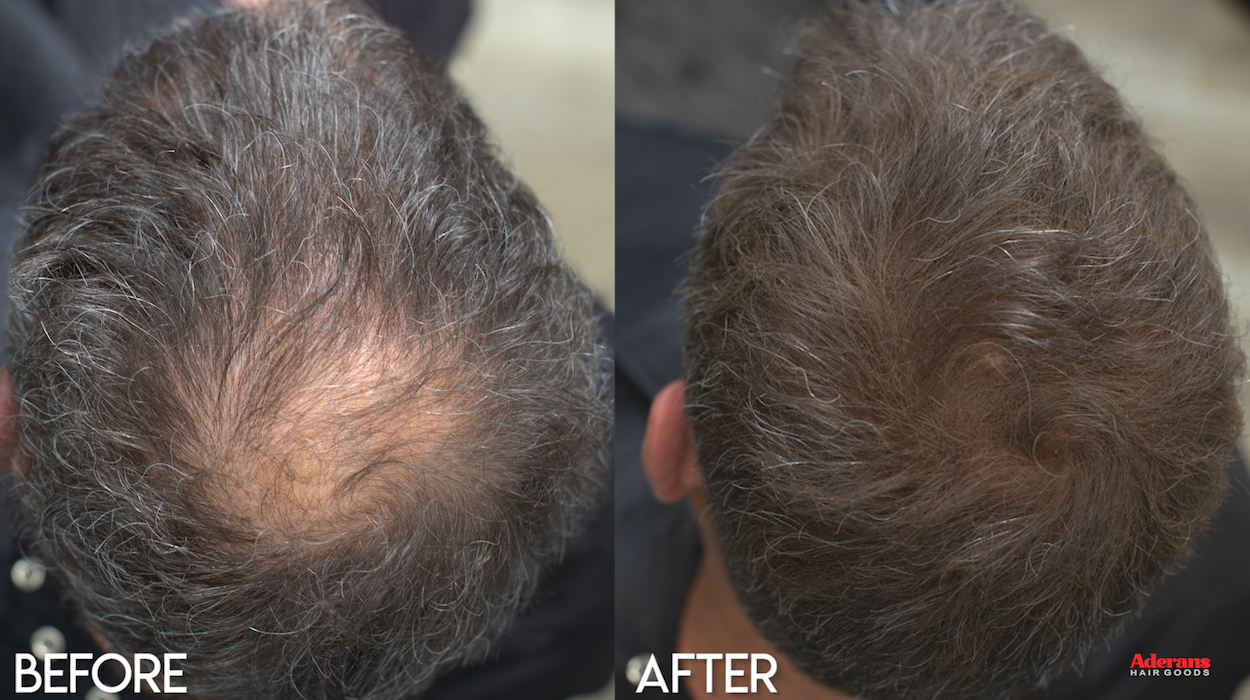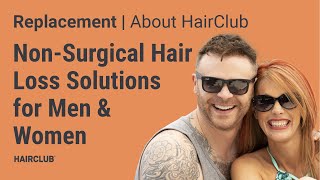A history of hair loss solutions – and why we’re better off now than ever!
- Posted on 09 June, 2021
- Hot Topic
- By wigs@Blog

As we discussed in our recent blog post, wigs have a very long history indeed, with Ancient Egyptians thought to be the first civilisation to rock the hairpiece.
Although one of the earliest hair loss solutions, wigs were by far not the only answer to baldness and hair thinning back then.
Let us take you on a journey through time to discover a brief history of hair loss solutions, from those questionable remedies used during these early years, right up to the modern-day.
Our fascination with hair loss begun some 5,000 years ago
Thousands of years before wigs were used by Ancient Egyptian men and women, the search for a cure began in the Middle East.
Hair has long been associated with strength – take the story of Samson and his follicles as an example. In the Middle East, a full head of hair was thought to represent masculinity and virility amongst the male population.
It wasn’t until the creation of the first wig in 1553 BC however that hair loss remedies were taken seriously.
Wig wearing sparked a hair loss remedy revolution
After the creation of the first wigs proved successful in transforming fine hair into thick, flowing locks, the scene was set for a hair loss remedy revolution.
During this period, people would happily experiment with different concoctions. A popular one was a combination of oxide, lead, honey and alligator fat, plus a well-timed prayer to the Sun God. Needless to say, this solution had varied results!
Even Hippocrates had a fascination with finding a cure
Hippocrates, the Father of Medicine, developed his own theories and solutions as he tirelessly tried to cure his male pattern baldness.
Fifteen Minutes by Cornerstone explains more about Hippocrates’ less than successful attempts:
“Although he’s known as the greatest physician of his time, as well as the founder of modern medicine, you probably wouldn’t want to consult Hippocrates about your hairline issues.
The Greek legend’s go-to solution was to apply a topical concoction of opium, horseradish, pigeon droppings, beetroot and spices.
The result? A strange smell, and not a lot else! It gets worse – the Greek doctor also thought castration would cure baldness, after noticing eunuchs never went thin on top.”
Hippocrates’ discovery that eunuchs didn’t suffer from male pattern baldness wasn’t entirely unfounded, however.
More recently the link between male pattern baldness and the hormone testosterone was established.
In sufferers with male pattern baldness, testosterone is converted into DHT, a process that harms the hair follicles causing growth to slow or stop completely.
Wigs became the fashion once again thanks to King Louis XIII
Wearing a wig was seen as the height of sophistication once again during the 5th century. Popularised by King Louis XIII of France, anyone who was anyone would be wearing a full wig at court regardless of the condition of their own hair underneath.
Now a symbol of power, the wig-wearing trend travelled far and wide, with royalty in England to upper-class colonists in the USA all following the fashion.
The 1800s saw topical hair loss solutions brought back into the limelight. The people peddling these cures were known as ‘snake oil salesmen’.
Cold tea, suction caps and shockingly bad solutions
From the 1850s onwards, several remedies became the go-to. Topically applying cold tea and then fresh lemon juice was popular in Victorian England.
While over the pond, suction caps were being used to improve blood circulation, feed shrunken hair follicles, and encourage regrowth.
Electricity was even seen as a hair restoration treatment, with gas-filled clear glass combs that generated electricity all the rage in the 20s. Hair pulling and vigorous brushing of the scalp were also prescribed as treatments.
Hair loss solutions in the modern-day
The first successful hair transplant may have occurred in the 1950s, but solutions in the modern-day leave those suffering from baldness or hair thinning better prepared than ever to solve their hair loss challenges.
These days you’ll find the highest quality human hair and synthetic wigs and hairpieces at the most affordable prices.
Available in various densities, curl patterns and colours, you’re in the best possible time and place to create an all-natural look.
Shop our range of stunning wigs and hairpieces right here.




